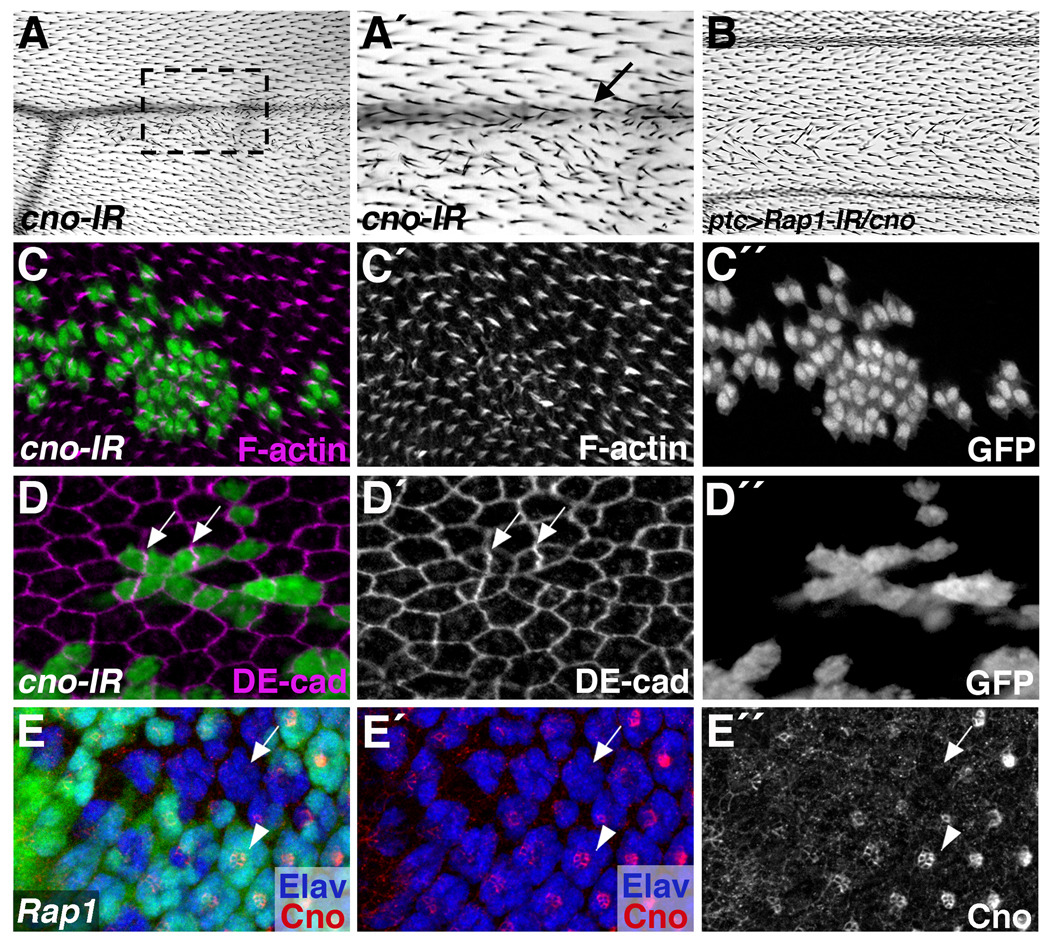Figure 9. canoe exhibits a Rap1-like phenotype in the wing.
(A,C,D) The FRT/Gal4 system was used to express a canoe-RNAi transgene (cno-IR) in clones of cells. (A) Adult wings lacking canoe in clones of cells often have patches of disorganized wing hairs, and loss of wing vein material (arrow, A´). (A´) Magnified view of the boxed region in A is shown. (B) canoe genetically interacts with Rap1. A subtle PCP phenotype associated with ptc>Rap1-IR is exacerbated when one copy of canoe is removed. (C,D) In pupal wings, clones of cells expressing cno-IR are fragmented. (C) Wing prehair formation is abnormal in cno-IR cells (32 hours APF). (D) cno-IR expressing cells exhibit cell shape and DE-cad mislocalization phenotypes similar to Rap1 loss of function (36 hours APF). Arrows indicate high levels of DE-cad found at the interface between two cno-IR expressing cells. (E) The Flp/FRT system was used to generate Rap1 mutant clones of cells (GFP-negative) in the larval eye. Cno localization is disrupted in Rap1 mutant cells. Arrow points to an ommatidium lacking Rap1, while arrowhead indicates a wildtype ommatidium.

